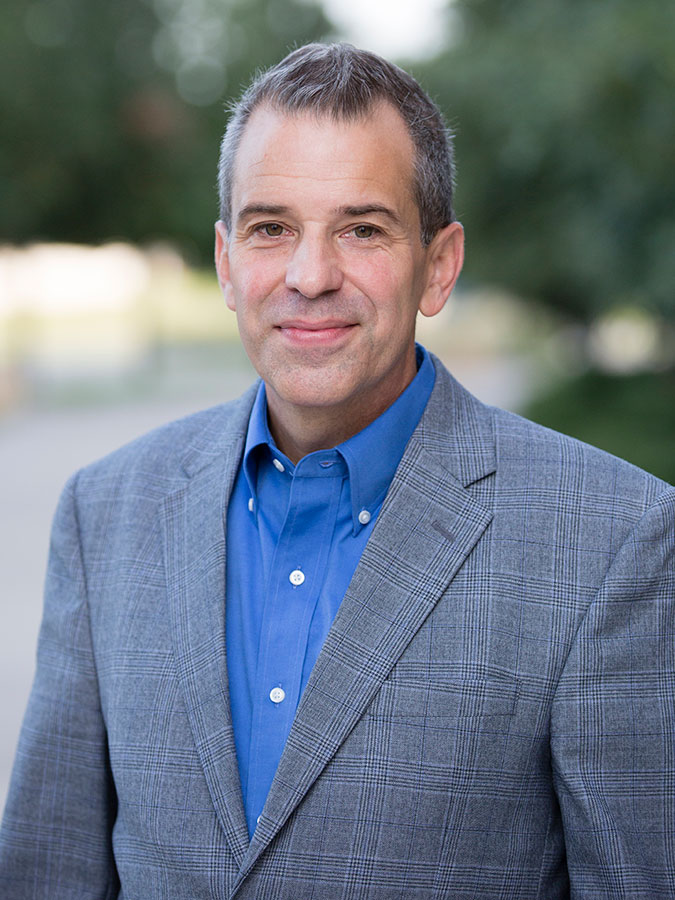Joel Burnett, Ph.D.
Professor of Hebrew Bible/Old Testament & Semitic Languages

Education
- Johns Hopkins University, Ph.D.
- Princeton Theological Seminary, M.Div.
- Wofford College, B.A.
Biography
Dr. Burnett is the author of two monographs, the leading editor of a third book, and the author of various articles in scholarly journals such as Journal of Biblical Literature, Catholic Biblical Quarterly, and Journal for the Study of the Old Testament. He has been awarded a 2009-2010 Council of American Overseas Research Centers (CAORC) research fellowship for the study of Iron Age religion of Transjordan at the American Center of Oriental Studies (ACOR) in Amman, Jordan. His favorite hobbies include traveling, bike rides, and enjoying music with his wife, Jamie, and their two children, Hannah and Wilson.
Academic Interests and Research
History and Religion of Ancient Israel and Transjordan, the book of Psalms, Divine Presence and Absence in the Hebrew Bible.
Grants and Fellowships
Council of American Overseas Research Centers (CAORC) Fellowship (2009-2010)
Baylor University Faculty Research Investment Program Grant (2007-2008)
Baylor University Research Committee Grant (2002; 2010; 2011)
Books
Religions of Iron Age Transjordan. Culture and History of the Ancient Near East. Leiden/Boston: Brill (140,000 words, in progress).
“Where Is God?” Divine Absence in the Hebrew Bible (Minneapolis: Fortress Press, 2010).
Diachronic and Synchronic—Reading the Psalms in Real Time: Proceedings of the Baylor Symposium on the Book of Psalms (co-edited with W.H. Bellinger and W. Dennis Tucker; LHB/OTS 488; London: T & T Clark International, 2007).
A Reassessment of Biblical Elohim. Society of Biblical Literature Dissertation Series 183. Atlanta: Society of Biblical Literature, 2001.
Selected Research Articles
“Prophecy in Transjordan: Balaam son of Beor.”Pages 135-204 in Enemies and Friends of the State: Prophecy in Context. Edited by C. A. Rollston. University Park, PA: Eisenbrauns, 2018.
“The Elohistic Psalter: History and Theology.”Pages 133-51 in The Psalter as Witness: Theology, Poetry, and Genre.Edited by W. D. Tucker and W. H. Bellinger. Waco: Baylor University Press, 2017.
“Transjordan: The Ammonites, Moabites, and Edomites.” Pp. 309-52 in The World Around the Old Testament: People and Places of the Ancient Near East. Edited by B. T. Arnold and B. A. Strawn. Grand Rapids: Baker Academic, 2016.
“Ammon, Moab and Edom: Gods and Kingdoms East of the Jordan.” Biblical Archaeology Review 42.6 (November/December 2016): 26-40, 66-67.
“Egyptianizing Elements in Ammonite Stone Statuary: The atef Crown and Lotus.” Pages 57-71 in 9 ICAANE: Proceedings of the 9th International Congress on the Archaeology of the Ancient Near East (June 9-13, 2014, University of Basel). Volume 1: Traveling Images. Edited by R. A. von Stucky, O. Kaelin, and H.-P. Mathys. Wiesbaden: Harrassowitz, 2016.
“The Elohistic Psalter in Light of Mesopotamian Hymn and Lament Traditions.” Pages 63-90 in “Wer lässt uns gutes sehen?” (Ps 4,7) Internationale Studien zu Klagen in den Psalmen. Edited by J. Schnocks. Herders Biblische Studien. Freiburg: Herder, 2016.
“An Iron Age Basalt Statue from the Amman Theatre Area.” Co-authored with Romel Gharib. Annual of the Department of Antiquities of Jordan (2014/15): 413-21.
“‘Come and See What God Has Done!’ Divine Presence and the Reversal of Reproach in the Elohistic Psalter and in Iron Age West Semitic Inscriptions.” Pages 213-56 in Divine Presence and Absence in Persian Period Judaism. Edited by N. MacDonald and I. J. de Hulster. Forschungen zum Alten Testament II. Tübingen: Mohr Siebeck, 2013.
“Divine Silence or Divine Absence? Converging Metaphors in Family Religion in Ancient Israel and the Levant.” Pages 29-70 in Reflections on the Silence of God: A Discussion with Marjo Korpel and Johannes de Moor. (ed. Bob Becking; Old Testament Studies. Leiden: Brill, 2013.
“[El, Elohim, Eloah, Elohut].” Pages 178-90 in Theologisches Wörterbuch zu den Qumrantexten. H.-J. Fabry and U. Dahmen, eds. Stuttgart: Kohlhammer, 2011.
“‘Going Down’” to Bethel: Elijah and Elisha in the Theological Geography of the Deuteronomistic History.” Journal of Biblical Literature 129 (2010): 281-97.
“Divine Absence in Biblical Personal Names.” In These Are the Names: Studies in Jewish Onomastics, Volume 5 (ed. Aaron Demsky; Ramat Gan: Bar-Ilan Univ. Press, 2011), 71-93.
“Iron Age Deities in Word, Image, and Name: Correlating Epigraphic, Iconographic, and Onomastic Evidence for the Ammonite God,” Studies in the History and Archaeology of Jordan 10 (2009): 153–64.
“A Plea for David and Zion: The Elohistic Psalter as Psalm Collection for the Temple’s Restoration.” Pages 95–113 in Diachronic and Synchronic — Reading the Psalms in Real Time: Proceedings of the Baylor Symposium on the Book of Psalms (ed. Joel S. Burnett, W.H. Bellinger, and W. Dennis Tucker; LHB/OTS 488; London: T & T Clark International, 2007).
“‘Where is God?’ — Divine Absence in Israelite Religion.” Perspectives in Religious Studies 33 (2006): 395–414.
“Forty-Two Songs for Elohim: An Ancient Near Eastern Organizing Principle in the Shaping of the Elohistic Psalter,” Journal for the Study of the Old Testament (2006): 81–102.
“The Question of Divine Absence in Israelite and West Semitic Religion.” Catholic Biblical Quarterly 67 (2005): 215–35.
“Changing Gods: An Exposition of Jeremiah 2.” Review and Expositor 101 (2004): 289-99.
“The Pride of Jacob.” Pages 319-50 in David and Zion: Biblical Studies in Honor of J.J.M. Roberts. Edited by Bernard F. Batto and Kathryn L. Roberts. Winona Lake, Ind.: Eisenbrauns, 2004.
Current Ph.D. Student
Lacy Crocker
Former Ph.D. Students
Jason Dykehouse
David Melvin
Seung Ho Bang
Courses Taught at Baylor
- HEB 1301-02 Introductory Biblical Hebrew
- HEB 2310-20 Intermediate Biblical Hebrew
- AKK 5307 Akkadian
- UGA 5306 Ugaritic
- REL 1310 Introduction to the Christian Scriptures
- REL 3301 Psalms and Wisdom Literature
- REL 3303 Archaeology and the Bible
- REL 5301 Contemporary Issues in Old Testament Studies: Israelite Religion
- REL 5323 The History of Ancient Israel
- REL 5309 Selected Documents from the Hebrew Scriptures
- REL 5101 Old Testament Graduate Colloquium
- REL 5301 Contemporary Issues: Northwest Semitic Epigraphy